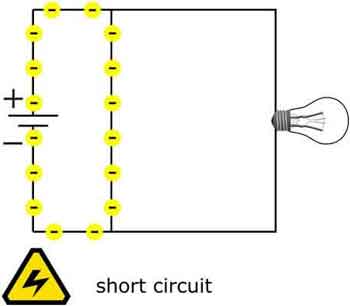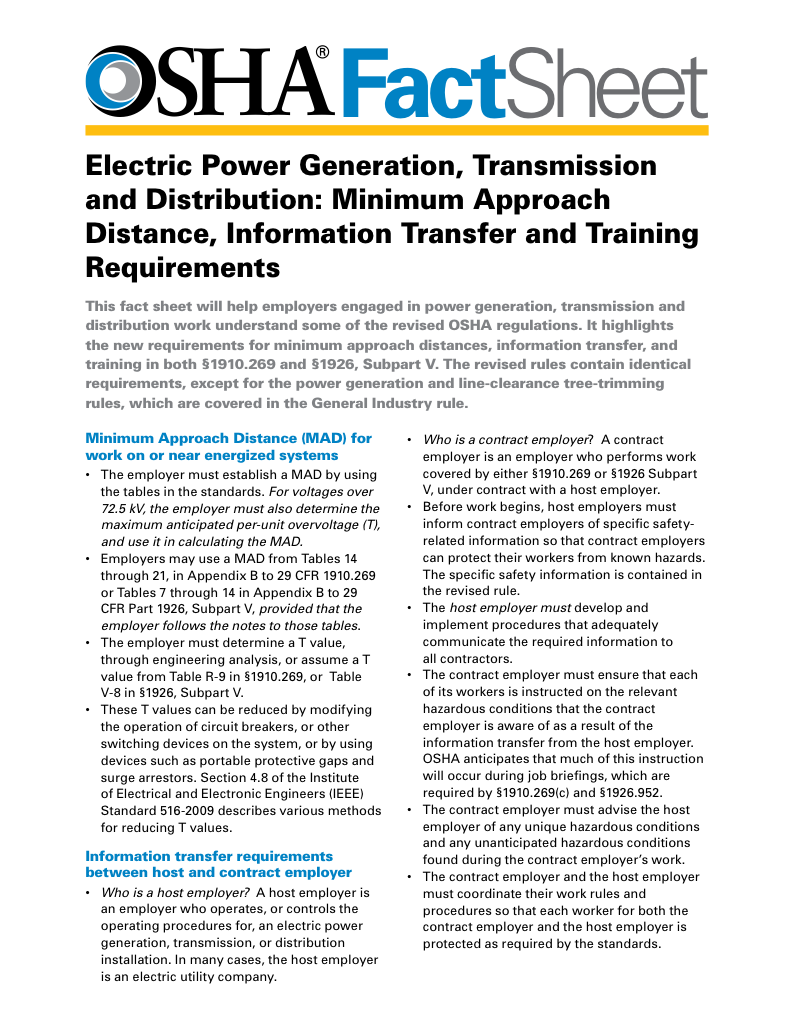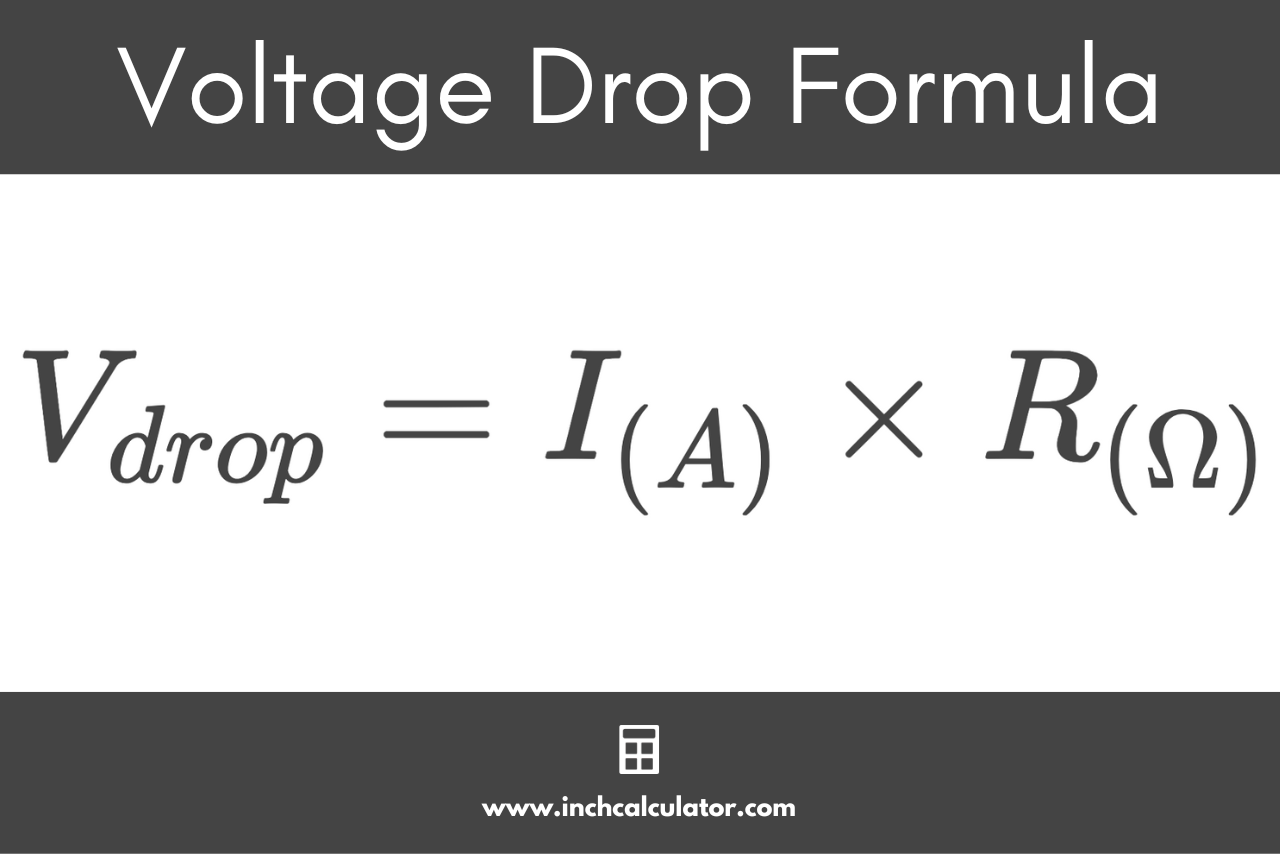Short Circuit Analysis Explained
By R.W. Hurst, Editor

Substation Relay Protection Training
Our customized live online or in‑person group training can be delivered to your staff at your location.

- Live Online
- 12 hours Instructor-led
- Group Training Available
Download Our OSHA 3873 Fact Sheet – Minimum Approach Distance and Training Requirements

- Calculate MAD using voltage and overvoltage values
- Ensure proper communication between host and contract employers
- Meet OSHA training requirements for qualified electrical workers
Short circuit analysis determines the magnitude and impact of fault currents in electrical systems. It helps engineers design protective devices, evaluate system stability, and ensure safety by predicting worst-case fault scenarios in substations and industrial networks.
What is a short circuit analysis?
A Short Circuit Analysis (SCA) is an indispensable tool for ensuring the safety and reliability of an electrical power system.
✅ Calculates fault current levels for safe system design
✅ Supports protection coordination and equipment rating
✅ Ensures compliance with safety and reliability standards
Short Circuit Analysis Training
Request A Free Power System Engineering Training Quotation
By identifying potential hazards, selecting and coordinating protective devices, and ensuring that equipment is appropriately rated for the system, a SCA helps prevent short circuits and reduce the risk of explosions, known as arc blasts, by coordinating the hazardous voltage levels in equipment. This ultimately protects both personnel and equipment. Whether designing a new electrical system or conducting a safety audit on an existing one, performing an SCA is crucial for maintaining a safe and reliable system. Our power system engineering section explains how fault studies integrate into broader grid reliability strategies.
Types of Short Circuits
Short circuits can occur in several forms, including line-to-line, line-to-ground, line-to-line-to-ground, and three-phase ground faults. Understanding these fault types enables more accurate analysis and the selection of appropriate protective devices. To complement your short circuit analysis with real-time current evaluation, refer to our short circuit current calculation guide.
Short Circuit Fault Types and System Impacts
| Fault Type | Description | Typical Impact on System |
|---|---|---|
| Three-Phase Fault | All three phases shorted together; most severe type | Highest fault current; major equipment damage if unprotected |
| Line-to-Ground Fault | One phase shorted to ground | Most common fault; moderate current; potential arc flash hazard |
| Line-to-Line Fault | Two phases shorted together | Moderate fault current; overheating of conductors possible |
| Double Line-to-Ground | Two phases shorted to ground | High fault current; can escalate to three-phase fault |
| Symmetrical Fault | Balanced three-phase fault | Easier to analyze; used in worst-case planning |
| Asymmetrical Fault | Involves unbalanced currents or voltages (most real-world faults) | Complex analysis; affects system stability and relay settings |
Short Circuit Analysis Process
Analyzing an electrical system involves determining the current that would flow in the event of a short circuit. It also examines the system's components, including equipment and protective devices, to identify potential hazards and ensure proper protection. The analysis begins with a review of the electrical system's documentation, including equipment specifications and one-line diagrams. This information helps create a model of the system, which is used to perform short-circuit calculations using methods like the per-unit system, symmetrical components, or impedance-based calculations. Learn how proper electrical load calculations contribute to safe equipment selection during fault analysis. Visit our Short Circuit Study Training course for more information.
FREE EF Electrical Training Catalog
Download our FREE Electrical Training Catalog and explore a full range of expert-led electrical training courses.

- Live online and in-person courses available
- Real-time instruction with Q&A from industry experts
- Flexible scheduling for your convenience
Software Tools
Specialized software tools can streamline the analysis process and provide more accurate results. Additionally, these tools facilitate the calculation of short-circuit currents and the coordination of protective devices. For system-wide performance insight, load flow analysis offers essential data for planning protective device coordination.
Protective Device Coordination
Protective device coordination is a critical aspect of SCA. It ensures that different types of protective devices, like circuit breakers and fuses, closest to the fault conditions operate first, isolating the fault and minimizing damage to the power distribution system. This involves selecting devices with an appropriate short-circuit interrupting rating and coordinating their settings for proper operation. Additionally, circuit breaker coordination is integral to the coordination of protective devices.
Impact of Short Circuits
Short circuits can lead to equipment damage, system downtime, and potential hazards to personnel. However, proper equipment selection, coordination, grounding, and the use of surge protection devices, along with regular maintenance of the electrical system, can mitigate these risks. Understanding phase rotation meters can help verify correct phase sequencing during post-fault inspections.
Codes and Standards
Compliance with relevant codes and standards, such as the National Electrical Code (NEC), IEEE standards, and IEC standards, is essential for ensuring the safety and reliability of electrical systems. Additionally, these guidelines help guide SCA and equipment selection.
When to Perform an Analysis?
Short circuit studies should be conducted for both new and existing electrical systems. For new systems, the analysis is typically performed during the design phase, ensuring that the system is designed with safety and proper coordination of protective devices in mind. For existing systems, the analysis is often conducted as part of a safety audit, which helps identify potential hazards and confirm that protective devices are correctly installed and coordinated. Explore the importance of 8A and 10A fuses in parallel in maintaining selective coordination during low-level faults.
Expertise Required
Performing a short-circuit analysis requires expertise in power system analysis and electrical engineering consulting. A qualified engineer who knows how to perform short circuit studies can help ensure that the analysis is carried out accurately and that the system is adequately protected.
Benefits
The advantages of an SCA include the following:
-
Improved safety: Identifying potential hazards and properly protecting the electrical system reduces the risk of electrical fires, safeguarding personnel and equipment.
-
Improved reliability: Proper equipment selection and coordination help prevent short circuits and minimize the risk of power outages.
-
Regulatory compliance: SCA may be required by regulatory agencies or insurance companies to ensure that an electrical power system is correctly designed and protected.
-
Cost savings: Identifying potential hazards and inefficiencies in the electrical system allows for improvements that can reduce energy waste and save money over time.
Related Articles







